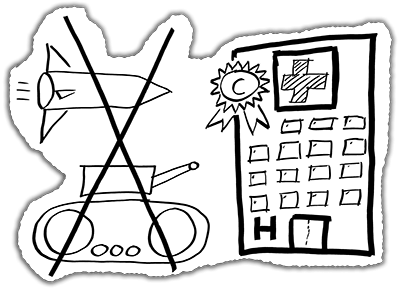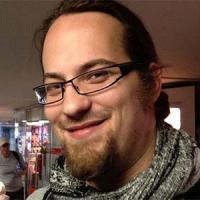
Nostro
Misidentification of possible military targets is a major source of collateral damage and leaves no safe place for escapees to go. Hospitals and other humanitarian institutions could benefit vastly from being safely tagged as such by a certificate that can not be copied or misplaced and therefore be safer from bombing if it can be trusted more.
Results
Image
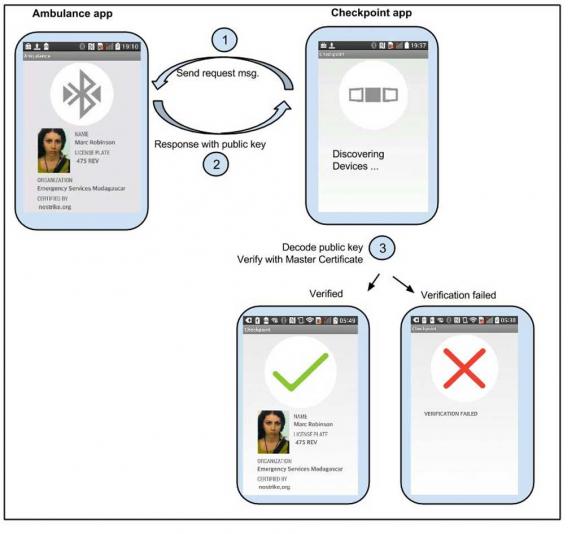

Live demonstration of the Nostro light beacon demarcation system and mobile phone verification application. 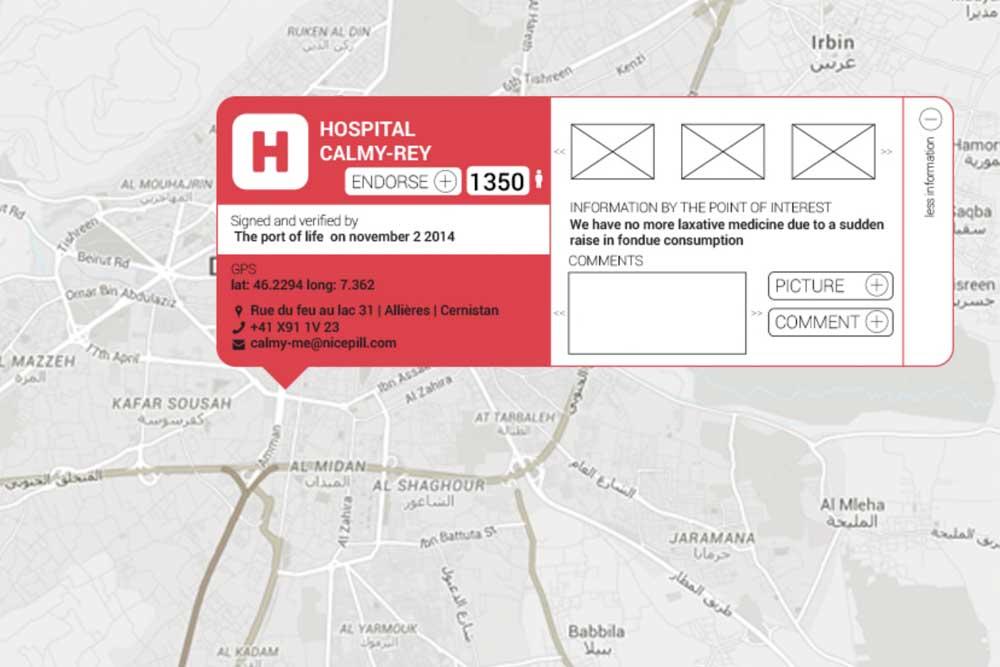
Prototype of a virtual crowd-sourced demarcation platform, which aims at providing verified information on humanitarian buildings such as their nature and location. 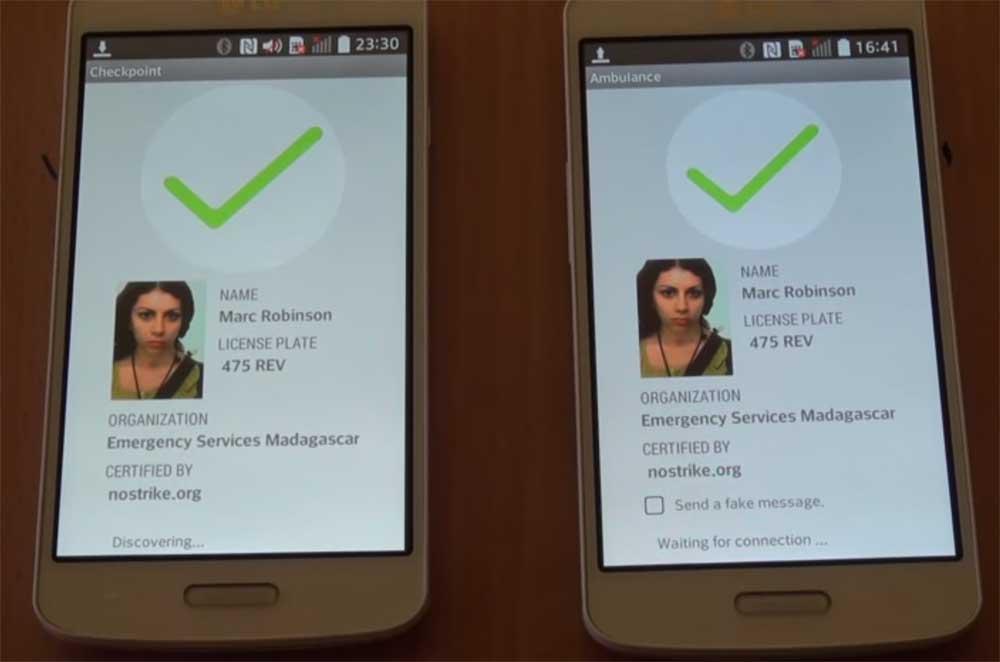
Screenshot from a YouTube video showing with the developed mobile phone application, how humanitarian personnel in an ambulance can reliably assert its identity by means of a trustable authentication mechanism.
Impressions
Image
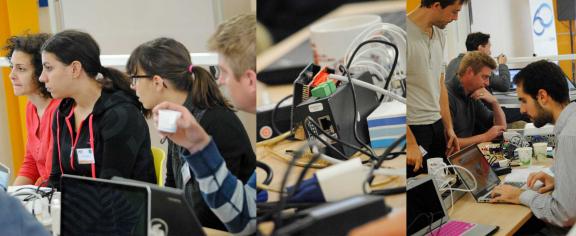
Image
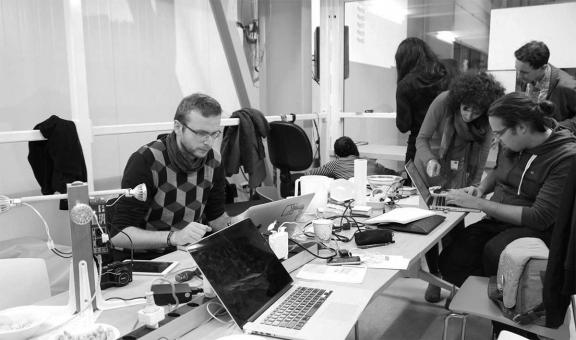
Project Team

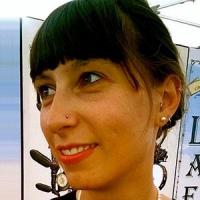
Cristina Olivotto

Frédéric Lalaz

Gayane Azizyan

Geoffray Adde

Iacopo Mochi

Javier Martín Montull
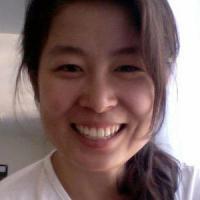
Jennifer Jin

Miganoush Magarian
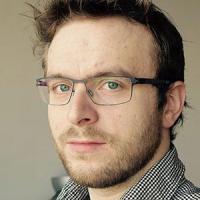
Oliver Keller

Simon Schneebeli
Resources
Nostro
Image
